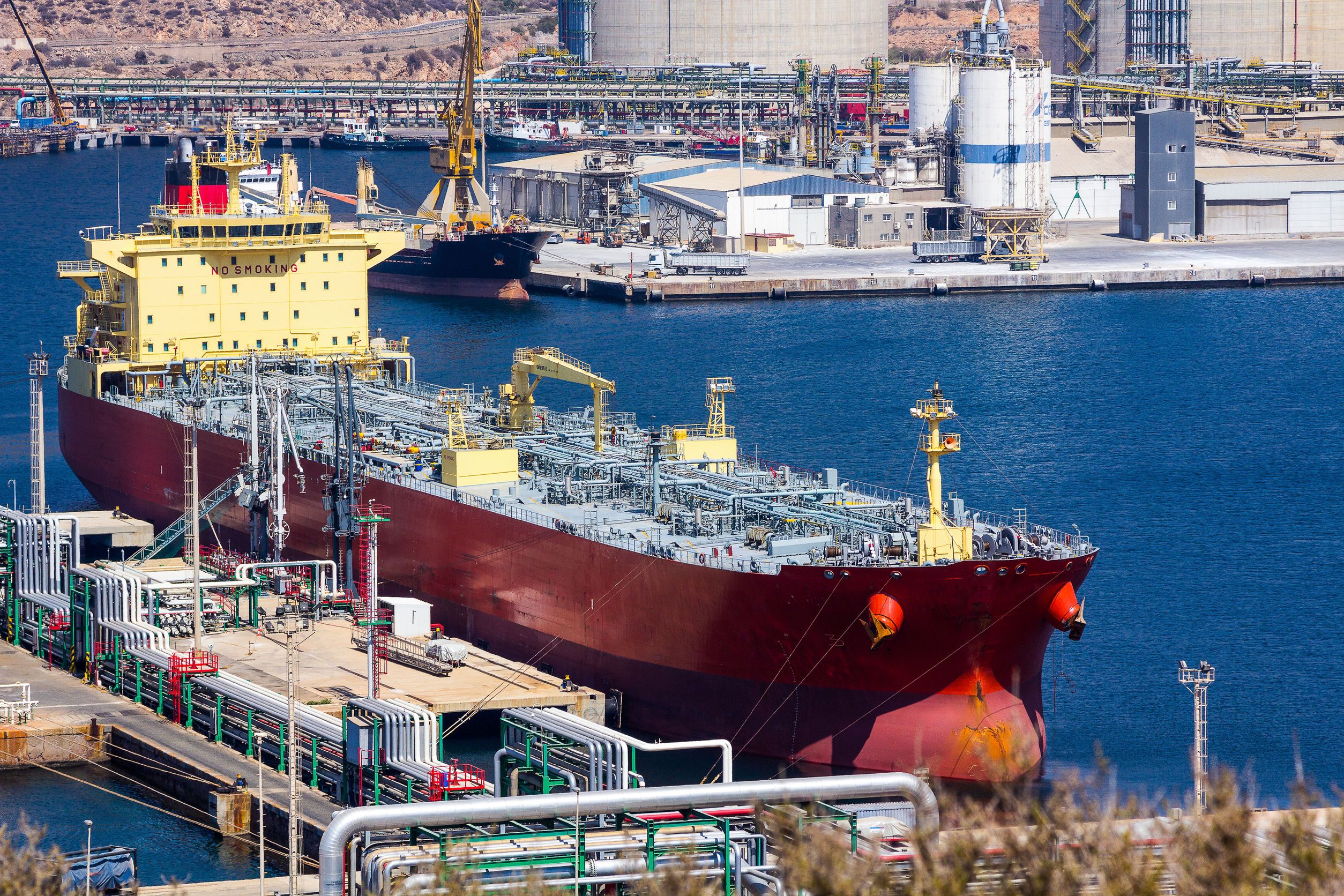Asian importers of Iranian oil reacted coolly on Monday to the possible reimposition of US sanctions against Tehran later this year after US President Donald Trump on Friday maintained the 120-day waiver, but said it was for the final time and the last chance to rewrite the nuclear deal.
Trading sources from Asia, which remains the premier destination of Iranian oil, told S&P Global Platts that even if US sanctions returned, crude oil inflows from Iran would be stable.
Some market players believe the return of sanctions targeting Iran's oil sector could also take months, if not a few years, to be fully implemented.
"We are not overly concerned because whatever Trump decides to do in May, it will still take many months [to fully implement the sanctions on Iran again] ... At least for 2018, Iran's exports would be unaffected. Any sanctions or supply issues beyond that, we can worry about later," said a sour crude trading manager at a South Korean refining company.
A source at a Japanese refiner said, "We would think of our response when it comes to the point of not being able to take [Iranian crude] so there is no point of preparing for it from now."
Trump said on Friday he will renew waivers on sanctions targeting Iran's oil sector but warned the US Congress and European allies that they need to fix the nuclear deal or the US would withdraw from it.
Iran has doubled its oil exports to about 2.3 million barrels per day since the deal, known as the Joint Comprehensive Plan of Action, was implemented in January 2016.
Trading sources from China, the largest buyer of Iranian oil, told S&P Global Platts that even if US sanctions returned, crude oil inflows from Iran would be stable.
An official with Zhuhai Zhenrong, a major Chinese importer of Iranian crude, said, "China's Iranian crude imports do not change much before or after the sanction ended."
"Sanction actually helps China to get a better price for the crudes," said a source with a state-owned oil company, adding that was because sanction means less competition for the barrels.
Iranian crude imports by China slid to an average of 534,506 bpd in 2015 from 557,413 bpd in 2011 prior to international sanctions imposed in mid-2012, according to official General Administration of Customs data.
China's Iranian crude imports rose to 630,380 bpd in 2017 after having risen to 626,805 bpd in 2016, according to the official data.
--- Top Customers
Asia remains the largest consumer of Iranian oil, with almost 60-70% of Iranian exports going to this region.
China emerged as the largest buyer of Iranian oil in 2017, with India coming a close second. Other key buyers include South Korea, Japan and Taiwan. Before sanctions were lifted, more than 80% of Iranian exports went to Asia.
Since then, European demand has risen steadily. When sanctions were in place, the top importer in this region was Turkey, which remains a steady buyer.
About one-third of Iran's crude exports have gone to Europe since the sanctions were lifted.
More than 700,000 bpd of Iranian oil in recent month have been sold to Europe, with France, Turkey, Italy, Greece and Spain the key destinations. Demand has risen slightly due to a sharp fall in Kurdish oil exports since mid-October.


